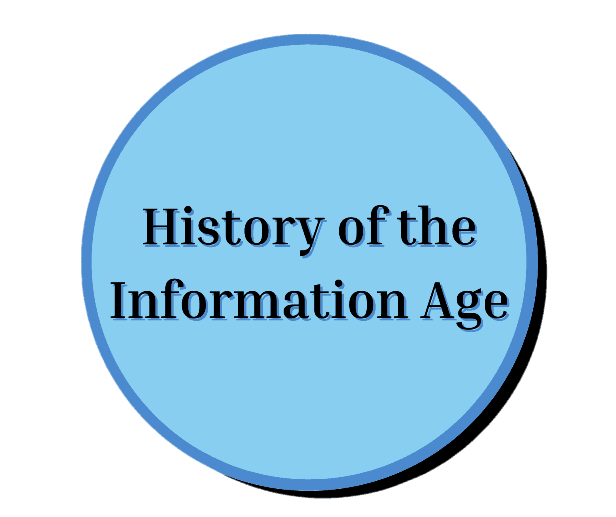Broad Bands
The first introduction I read was Chapter 1 of Broad Bands by Claire L. Evans. I thoroughly enjoyed this introduction, especially since I was not expecting such an emphasis on how women aided in the beginnings of computing and making mathematical advancements toward having a machine such as the computer. Evans approaches the History of the Information Age by starting with when the word “computer” was first introduced in the late 1800s and discusses the chronology as more of a story. From this point, she focuses on women, particularly Ada King’s impact on the beginnings of the computing age. I thoroughly loved focusing on the women trailblazers since the credit for inventions is usually given to men. However, Ada was able to make her mark by writing some of the first “computer code” and helping the Analytical Engine seem more plausible, despite the full piece never being physically created. I also liked this quote in particular that captures the way women were limited by societal expectations, but still had goals and aspirations despite what was expected of them, “her [Ada’s] letters…reveal a woman consumed by the crippling fear that she might not have the opportunity to make her mark on mathematics.”
The Cybernetics Movement
The second introduction I read was the introduction to The Cybernetics Movement by Ronald R. Kline. I thought this was an interesting introduction and provided a different perspective on the Information Age compared to Evans’s introduction. The main idea of this introduction chapter was that the creation and field of Cybernetics is what marked the rise of Information Theory in the U.S. after WWII. However, its peak did not appear until the 1950s and 60s with the field combining disciplines such as “biology, engineering, the social sciences, and popular culture.” While Kline makes note that he “does not engage in debates about…whether previous information ages existed” or what is defined as being a part of an information age, he instead looks at what is believed to be a part of an information age and why. His approach to discussing this era of technological advancements is done by explaining the information very straightforwardly. While I preferred Evans’s approach to using more of a storytelling narrative, I still found the information Kline gave to be interesting and I did like the accreditation of women who worked in these more male-dominant technological fields.

Class Ideas
Based on the readings, one idea that came to mind of what we could do this semester is look at the way new technological advances were advertised. It would be cool if we turned the advertisements into an assignment in which we had to come up with an ad for a form of technology. I would also love to delve into learning more about the women that impacted this field, specifically of the human “computers” that were predominately women.
Citations
Evans, Claire L. Broad Bands. Alberta: Portfolio/Penguin, 2018. (Pg. 17)
Kline, Ronald R. The Cybernetics Movement. Baltimore: Johns Hopkins University Press, 2015. (Pg. 5-6)
Clarendon, Dan. “10 of the Greatest Women Empowerment Anthems to Keep on Repeat.” US Weekly, June 19, 2019. https://www.usmagazine.com/entertainment/news/10-women-empowerment-anthems-beyonce-ariana-grande-more/.
